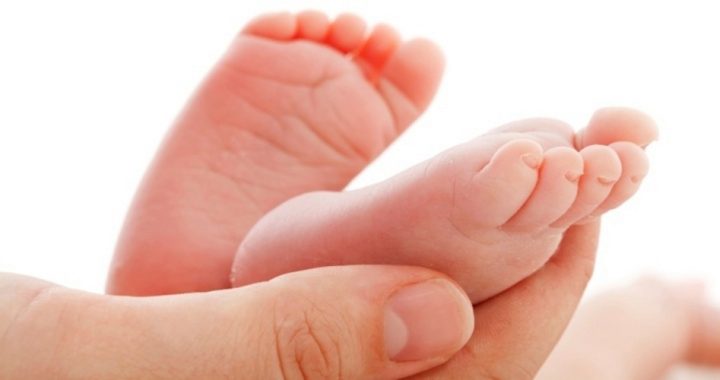
A preliminary report from the U.S. Centers for Disease Control and Prevention (CDC) released on Wednesday showed that the number of births last year — 3.5 million — fell one percent from the previous year, extending a trend evident for years.
The “general fertility rate,” or GFR, “was 58.2 births per 1,000 women … a record low for the United States” said the agency. The total fertility rate (TFR) was 1,705 per 1,000 women, also down from 2018 and setting another record low for the country.
This is the fifth year that the number of births has declined, and the lowest number of births since 1985. The TFR remains below replacement — that level at which a given generation can replace itself — which is 2.1 births per woman in modern industrial nations.
The United States is not alone. The TFR for the EU is 1.5; for Australia it’s 1.7; for Japan it’s 1.4; for South Korea it’s .98; and for China it’s 1.69.
In other words, the population in developed nations is slowly shrinking.
Melanie Brasher, a professor at the University of Rhode Island who studies such things, said, “There are a lot of people out there who would like to have two children, a larger family, [but] there’s something going on out there that makes people feel like they can’t do that.”
On the surface, what’s going on is financial concerns. A CDC report released in April that showed that in 2018 the marriage rate fell to 6.5 per 1,000 people, the lowest level recorded since 1857, the first year that the federal government began tracking such statistics.
The average student loan debt amounts to $37,000, with loan payments approaching $400 a month. If two “average” students marry, they enter wedlock owing $75,000 with payments of $800 a month.
But this is far from the only disincentive for tying the knot. There’s the far-left’s impact on the culture promoting “women’s independence and gender equality” said Philip Cohen, a sociology professor at the University of Maryland.
Patrice Onwuka, a senior policy analyst at the Independent Women’s Forum (a conservative non-profit focused on economic issues facing women), agrees. She argues that rhetoric from the political left is contributing to women rethinking their decision on whether or not to have children. In an interview at Fox & Friends last year, she said, “Women are considering when, how and even if they want to give birth. Unfortunately, I think the latest trend we are seeing is a question of whether women should even have children. I think we heard Alexandria Ocasio-Cortez ask: Is it even ethical for young people to be talking about having children because of climate change?”
She added: “I would love to see a national campaign that says: If you want to have kids, you should. What we should not be hearing, particularly from the far left, is ‘No, don’t have children right now because they are going to die in 12 years.’ Unfortunately that’s what is picking up steam [right now].”
Analysts have studied the impact of the economy, wars, and recessions on marriage and birthrates, and their conclusions are mixed. But one trend is evident: After a recession or a depression or when a war is over, both marriage and birth rates tend to increase. As Professor Cohen suggested, “It’s quite possible that, if there’s a rebound [in the economy following the shutdown], we could see a jump up in marriage or other family formation events.”
An Ivy League graduate and former investment advisor, Bob is a regular contributor to The New American, writing primarily on economics and politics. He can be reached at [email protected].



